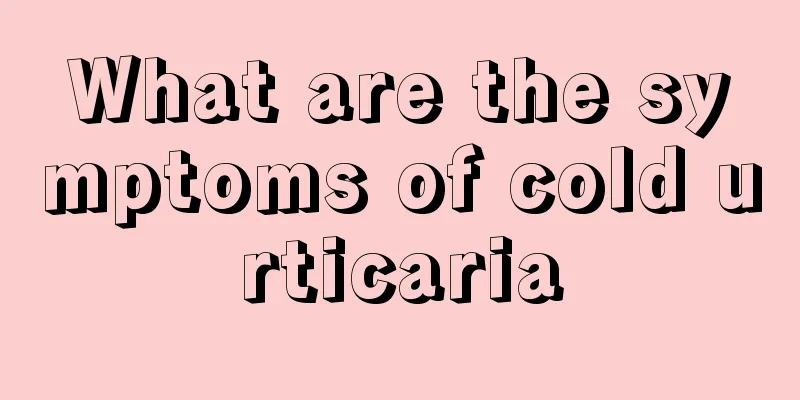Remember these symptoms of lumbar spondylosis

|
Lumbar spondylosis is now a common disease among office workers. It is mostly caused by sitting for a long time or bad sitting posture. However, this disease is also common in middle-aged and elderly people with calcium deficiency. Lumbar spondylosis is mostly caused by lumbar disc protrusion compressing the nerves, which causes extremely strong tingling pain. The quality of life of most patients is very poor, and severe cases may even lead to paralysis. 1. Lumbar pain Most patients with lumbar disc herniation have lumbar pain. Lumbar pain usually occurs before leg pain, and clinically it is often manifested as "lower back pain first, then leg pain". Although lumbar disc herniation is mainly characterized by lower limb pain, lumbar pain is common in clinical practice. The main cause of lumbar pain is soft tissue damage inside and outside the spinal canal. The chemical stimulation of aseptic inflammation acts on the intervertebral outer annulus fibrosus and the posterior longitudinal ligament distributed in the sinovertebral nerve fibers, causing lumbar pain. 2. Sciatica Sciatica is the main symptom of lumbar disc herniation, and clinically manifests as pain in the area along the course of the sciatic nerve in the lower limbs and its supply. The cause of sciatica is chronic soft tissue damage around the nerve roots or nerve trunks, and adhesions with them, which causes tingling, stringy pain, or radiating pain in the lower limbs due to stimulation from aseptic inflammation. 3. Lumbar disc herniation Intermittent claudication is characterized by lower limb pain and heaviness that increases with walking distance. The symptoms can be temporarily relieved by squatting, flexing the spine and resting. People with intermittent claudication mostly suffer from soft tissue damage within the spinal canal due to damage to the fat tissue outside the dural sac or in the nerve roots. Inflammatory stimulation causes congestion, edema, ischemia and hypoxia of the nerves. 4. Numbness of lumbar disc herniation In addition to pain in the sciatica-controlled area, patients often also experience numbness in the lower limbs. The main cause of lower limb numbness is soft tissue injury in the waist and buttocks, resulting in muscle spasm or tension, and stimulation of nerve roots or nerve trunks. In clinical practice, by treating the damaged soft tissue, muscle spasm and tension are relieved, and the numbness symptoms can disappear. Therefore, numbness of the lower limbs is mainly caused by soft tissue damage in the waist and buttocks. |
<<: Things you need to know about HIV testing
>>: What does hepatitis B surface antigen mean?
Recommend
Red and blue light to remove acne marks
Red and blue light is a very new treatment techno...
What does it mean to grow fat
I believe many people should know that putting on...
Can I eat glutinous rice balls if I have constipation
Constipation is very common. There are some reaso...
How many times a day should I eat rice and banana porridge
Japonica rice and banana porridge is a special po...
What are the dietary treatments for esophageal cancer
Esophageal cancer is one of the common tumors of ...
The treatment of lymphoma needs to be judged based on many factors
The treatment of lymphoma needs to be judged base...
Is there any connection between mosquito bites and blood type?
In summer, there will be many mosquitoes, and the...
What are the examination items for liver cancer? Doing these examinations can rule out liver cancer
Many liver cancer patients will choose liver canc...
What to eat to burn body fat
We all know that losing weight means getting rid ...
Can pregnancy test sticks be used during the day?
Pregnancy test sticks can be used at any time, bu...
What's wrong with the swelling and pain in my right eye
The eyes are the most important physiological org...
What are the dangers of adults and babies sharing tableware?
Many young parents lack experience and due to the...
How to Remove Hair Dye Stains
In order to make their hair look better, many peo...
Tips to get rid of dandruff and dietary precautions to teach you how to easily deal with dandruff
Everyone has different troubles, so the solutions...
Detailed explanation of the reasons for sweating when sleeping at night
I believe some friends sweat while sleeping, but ...









